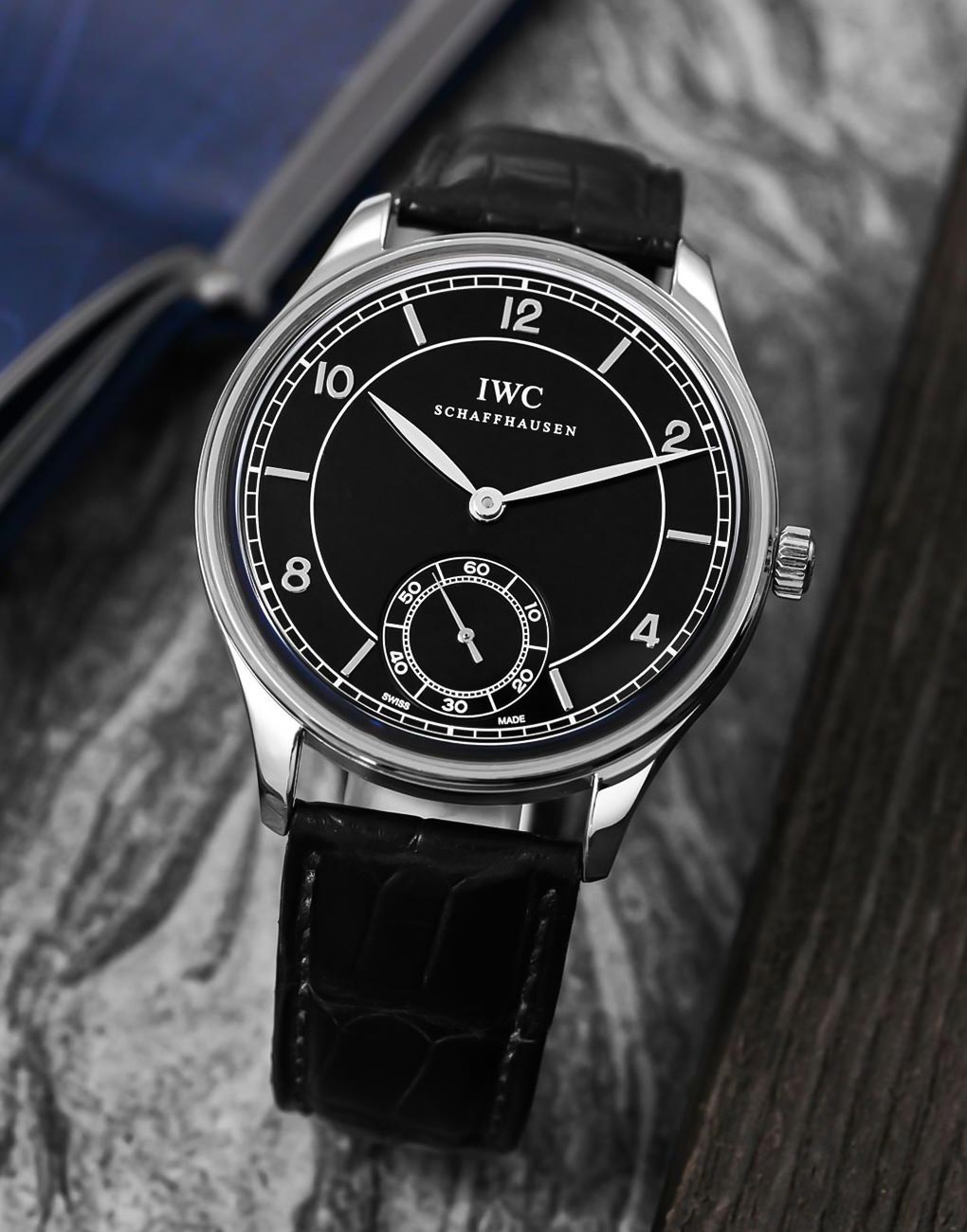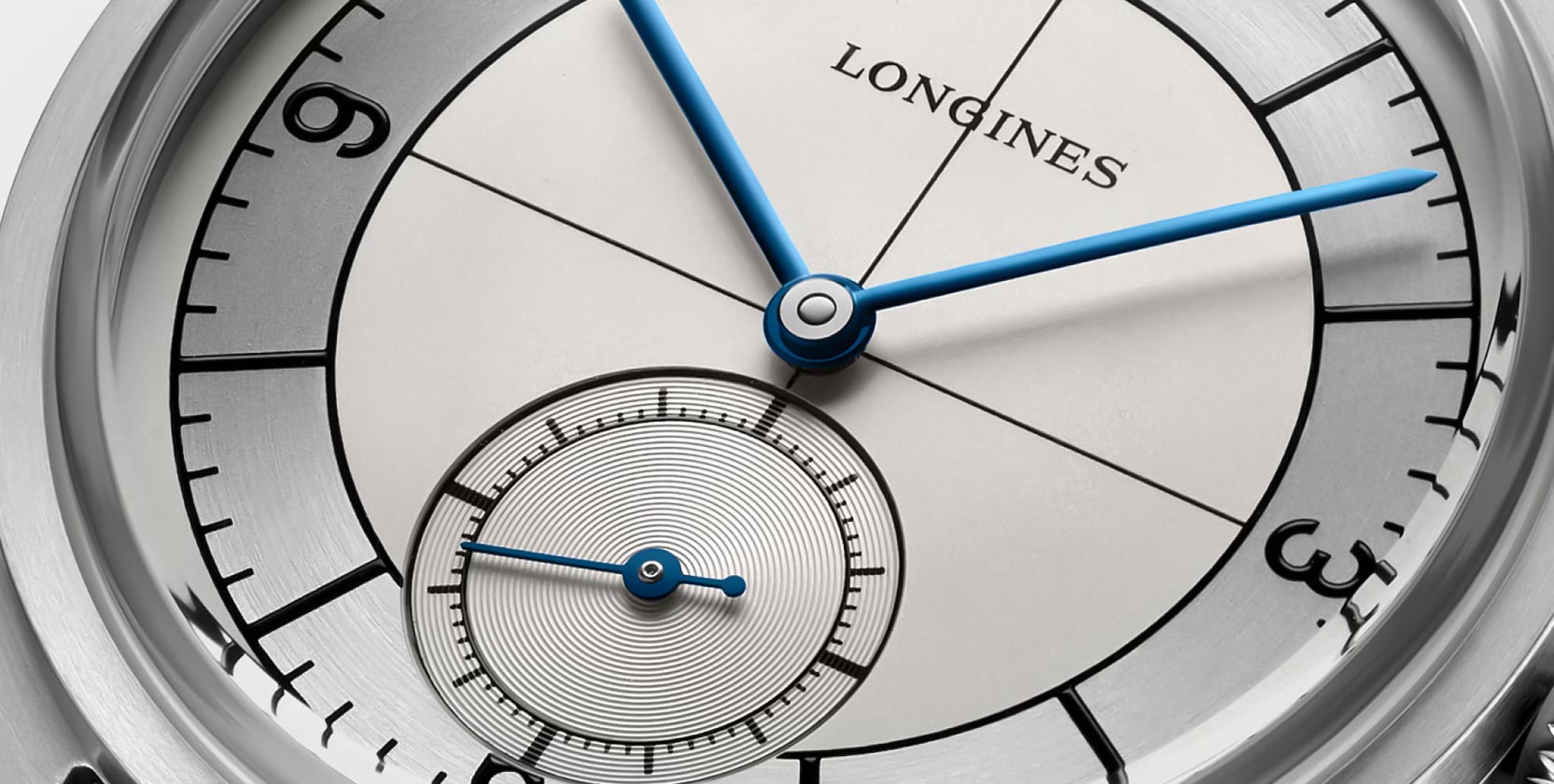FeaturePast Perfect—The Clean, Classic, And Charismatic Appeal Of Sector Dials
The 1930s-inspired dials are making a comeback on the contemporary watch market, with iconic brands such as Longines and Jaeger-LeCoultre leading the way. Here’s a complete guide to sector dials, and the players keeping the legacy alive
May We Recommend
The humble sector dials are making a comeback, and how! With their clean and clutter-free design aesthetic, reminiscent of the good ol’ days, they are slowly and steadily gaining prominence among watchmakers and horophiles, alike. In the past decade, many luxury watch brands, such as Longines, Jaeger-LeCoultre, Raymond Weil, and Laurent Ferrier, have churned out either revamped designs of their vintage models or an entire new collection featuring sector dials. For instance, at the recently concluded Watches and Wonders 2024, the family-owned Swiss watchmakers, Raymond Weil added new models to their Millesime collection, which was introduced last year, and also won the ‘Challenge’ prize at the Grand Prix d’Horlogerie de Genève (GPHG) 2023 for their Millesime Automatic Small Seconds model with a silver sector dial. This elegant collection with a neo-vintage vibe now features five distinct lines with different case sizes of sector dial watches, including a chronograph.

Another recent example of a sector dial watch is Chopard’s L.U.C XPS Forest Green, featuring two concentric rings and a small seconds sub-dial at six o’clock. The contrasting off-white markers on the dark green dial further elevate the model’s look. Its 40mm case is crafted with eco-friendly in-house Lucent Steel, housing a self-winding calibre L.U.C 96.12-L.

While many have tried to define a sector dial, there’s no one complete definition that can encompass the entirety of it. Having said that, there are a few elements that almost all sector dials possess, making them distinguishable from the lot. Let’s find out what these are.

The Historical Significance Of Sector Dial Watches And Their Key Elements
The presence of two concentric circles on the dial over the same axis is the first mark of a sector dial. While the smaller inner circle indicates the hours, the larger outer circle is for reading the minutes. The lines or axes dividing the circle into four equal quadrants or sectors is the second-most important element of sector dials. However, it is imperative to note that not all modern iterations feature these dividing lines. Additionally, due to the presence of two concentric rings resembling a railway track, these dials are also called ‘railroad dials’.

Although the precise emergence of sector dial watches can’t be pinpointed to a certain year, the general consensus is that they came around 1910, and rose to prominence in the 1930s, with brands such as Omega and Longines pioneering the domain. Rolex, Patek Philippe, Breguet, and IWC, among others, were also instrumental in popularising this distinct design. Inspired by the Art Deco and Bauhaus movements, sector dials remained in demand through the 1940s and ’50s. Eventually, they experienced a decades-long hiatus post the 1960s, before springing back into action in the 2000s. There are certain players who are responsible for the resurgence of sector dial watches, bringing the style into the 21st century and contemporary watchmaking.

Sector Dial Watches: The Revival Journey
Among the more recent timepieces featuring sector dials is the Patek Philippe Calatrava Ref. 5296-001, inspired by its vintage model from 1934—the Ref. 96 SC. This relatively newer watch is considered significant in putting sector dials back on the map. Launched in 2005, it features two concentric rings with prominent markers, and a date window at three o’clock. In the following years, brands such as IWC, Laurent Ferrier, Jaeger-LeCoultre, and Longines came up with their own iterations of watches, thus marking the re-entry of sector dials into the watchmaking industry.
In 2017, Jaeger-LeCoultre celebrated 25 years of their Master Control collection with the launch of three new models featuring sector dials—the Master Control Date, the Master Chronograph, and the Master Geographic. While their Master Control Date features a clutter-free face with only a date window at three o’clock, their Master Chronograph comes with two chronograph sub-dials—a 12-hour counter and a 30-minute counter, at nine o’clock and three o’clock, respectively. Additionally, it is equipped with a tachymeter scale, located on the periphery. Lastly, their Master Geographic boasts a complex second time zone, positioned at six o’clock, along with an additional day/night indicator. Powered by automatic movements, all three models wonderfully offer a unique mix of retro and modern design codes for sector dial timepieces.
Another notable example is the Longines Heritage Classic Sector Dial collection, launched in 2019. A contemporary version of their 1934 model, this collection is an ode to the clean and structured design of yesteryears. Available in four variations—three with leather straps and one with a metal bracelet—all pieces are simple time-only watches, featuring a small seconds sub-dial at six o’clock. Their 38.5mm stainless steel case houses the L893 automatic movement, offering a power reserve of 72 hours.
Additionally, the Longines DolceVita models are also excellent modern interpretations of sector dial watches present in distinct rectangular cases. Featuring two different-sized rectangles with a small seconds display at six o’clock, these timepieces are perfect examples of the Art Deco-inspired designs, highlighting symmetry and neat lines to the highest degree. Other than this, Laurent Ferrier’s Galet Square Boréal and the IWC Portugieser Vintage IW5445-01, are both great examples of a contemporary take on sector dial watches.

Simple and reliable, sector dial watches are for those who believe in minimalistic charm, without skipping on quality. Riding on their timeless appeal, they have truly come a long way today, occupying a niche space in an otherwise competitive market.

















